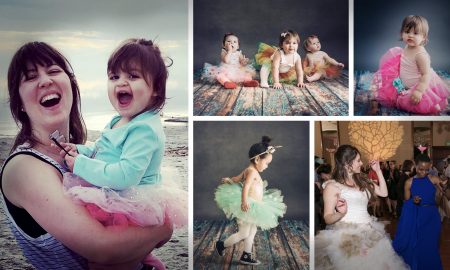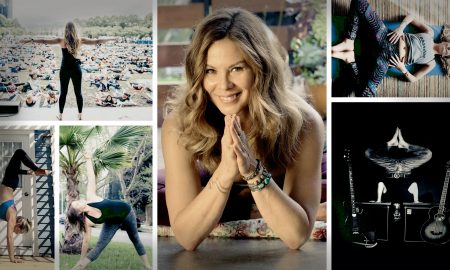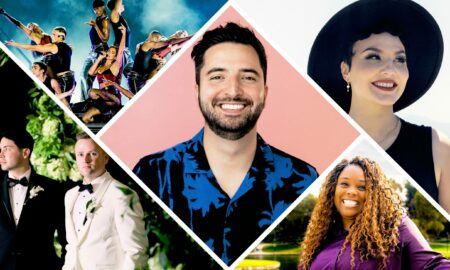

Today we’d like to introduce you to Jean Roth.
Jean, can you briefly walk us through your story – how you started and how you got to where you are today.
It’s been an interesting but circuitous journey! I have a MA from UCLA in Japanese language and literature (with a lot of Japanese history, anthropology, art, and music) thrown into the mix so people often ask me how I got from being a Japan specialist to an “integrative” web and graphic designer.
The “linear” answer is that my Japanese skills landed me my first marketing job many years ago in a Japanese audio-electronics firm and later worked several years in the Public Information and Cultural Affairs section of the Japanese Consulate General in L.A.
Later, when I returned to the U.S. after living in Israel for 8 years (where I worked in a software firm, a Japanese-Israeli diamond company, and tutored Japanese) I started working at a couple of local architecture and design firms. It was then, while preparing marketing proposals to reflect the companies’ design sensibilities, is when I really started learning lay-out, graphics, and paying attention to the principles of design. I moved on to UCLA for a number of years, editing and designing a newsletter, websites, and marketing pieces.
But the more “holistic” answer is that, to me, marketing and communicating through design has a strong synergy with my earlier career path. The characters used in both Chinese and Japanese are the “ultimate typography.” Each character holds dynamic kernels of its own meaning in its strokes, all within a tiny square field. To me, they communicate ideas in an expressive but “less is more” manner.
This is what design and communications should produce: words that evoke images, and images that convey ideas and emotions.
It is also why I call what I do “integrative” or “holistic” design, offering copywriting to ensure text is consistent with visuals.
After many years of a career spanning design, editorial, PR and digital media, I decided to found my own studio and be able to present solutions to my clients that are more creative and truly represent their unique “voice.” Since founding Rotem Studio, I’ve done graphic design and copywriting work for quite a few UCLA departments, a nation-wide food-themed magazine network, the City of Los Angeles, a number of artists and jewelry designers, and many other small businesses and organizations.
Stylistically, I love space and simple, clean lines––influences, no doubt, from both my background in Japanese and my work with architects. While Japanese culture is no longer my professional focus, it does continue to inspire and influence me, and I see its written language as very reflective of how I use visual imagery to say something, and words to evoke an image.
Overall, has it been relatively smooth? If not, what were some of the struggles along the way?
I think it’s always hard to start one’s own business. To go from collecting a paycheck and working specific hours, to learning everything from bookkeeping, invoicing, and taxes, to business networking, state and city permits, learning how to create proposals and contracts, and so forth, can be daunting, especially if they are not what you consider part of the creative process.
Creatives, in particular seem to have trouble with from marketing themselves, and I’ve been no exception. I found that it’s much easier to develop creative marketing for others! But this gave me an insight––many of us are so close to our own innate talents that they don’t seem remarkable. They feel like the most natural thing in the world. Sometimes it takes an outsider to see what’s special.
Please tell us about Rotem Studio.
I offer “integrative” web and graphic design to make a small business or organization shine through visual imagery, illustrative copywriting, technology, marketing, media and resources. At the core is a holistic view that brings together images, words and branding for a cohesive message.
If you had to go back in time and start over, would you have done anything differently?
I’m so in awe of this generation’s ability and willingness to chart their own course, create unique businesses and take risks. I was brought up with at a time when long-term job stability and security were valued, and having a “safe, sure thing” was guaranteed to allow you to continue the American dream. That, to me, meant “don’t take risks, even if that means giving up on your own dream.” It’s not always easy to believe you’ve got what it takes to be successful if you’ve been taught that’s risky and inadvisable.
Of course, that world of job stability no longer exists, so startup entrepreneurship is no longer looking so risky; in many cases it’s a necessity after becoming a victim of downsizing or “aging out.”
So, I guess that lesson is to believe in oneself and take the leap. You can have education, skills and talent, but unless you are secure in your capabilities they won’t be enough.
Contact Info:
- Website: https://rotemstudio.com
- Phone: 3104398334
- Email: [email protected]
- Instagram: https://www.instagram.com/jinkochan
- Facebook: https://www.facebook.com/RotemDesignStudio/
- Twitter: https://www.twitter.com/RotemStudio
- Yelp: https://www.yelp.com/biz/rotem-studio-los-angeles
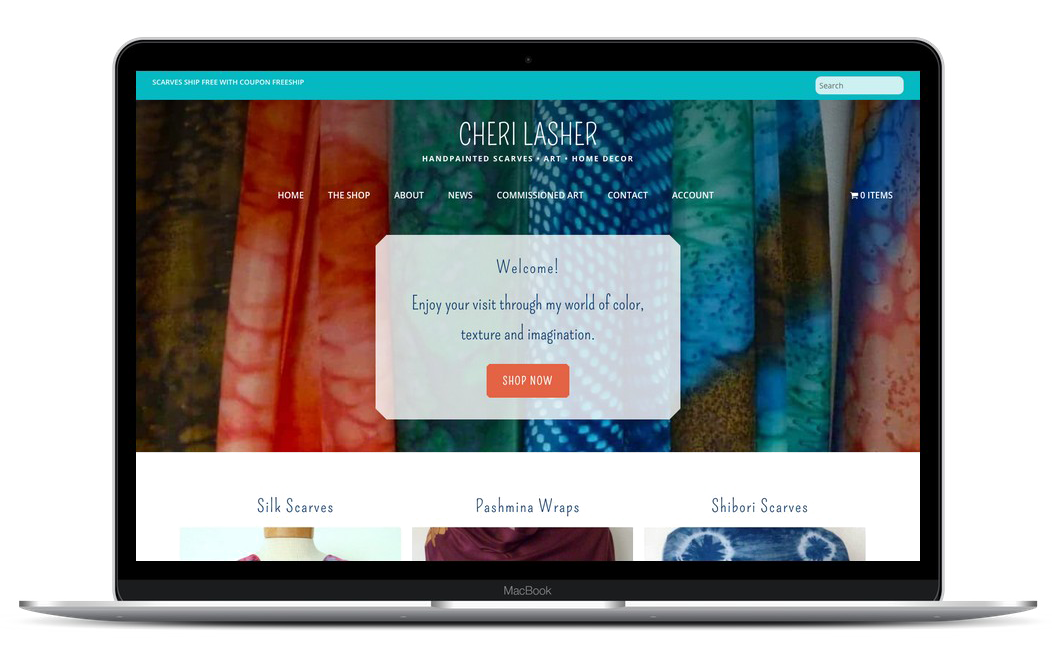
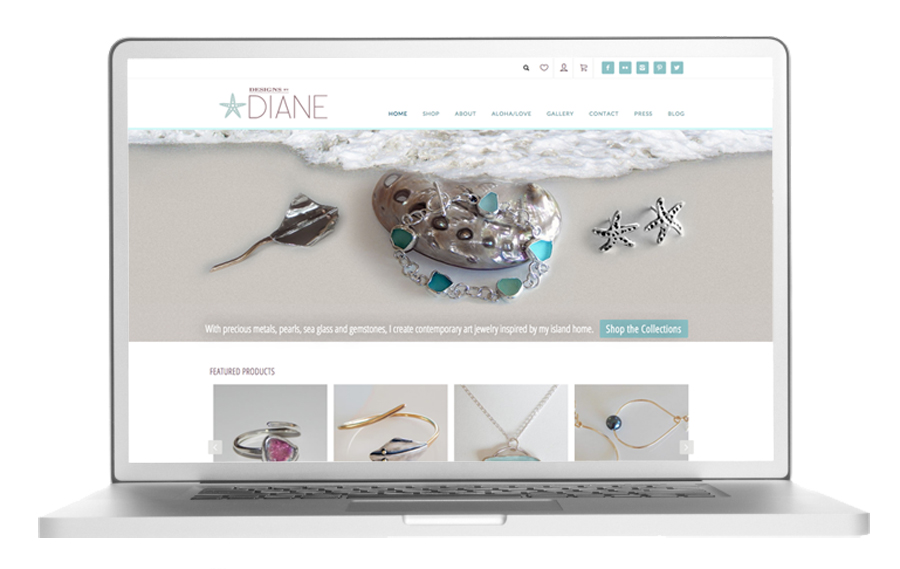

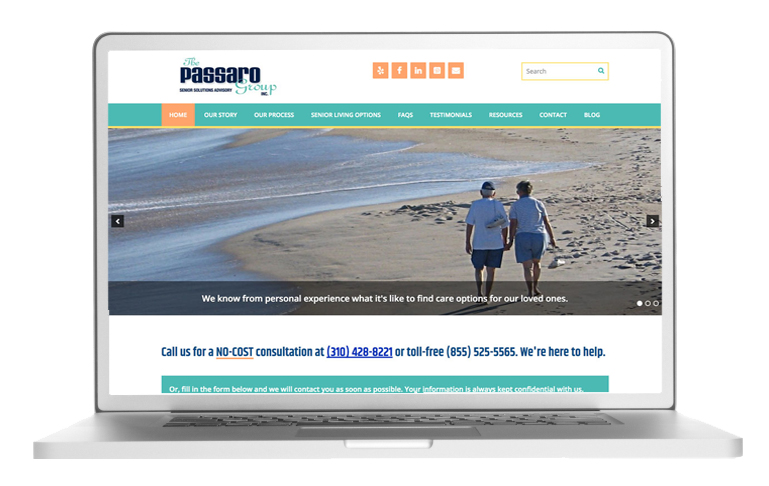
Getting in touch: VoyageLA is built on recommendations from the community; it’s how we uncover hidden gems, so if you know someone who deserves recognition please let us know here.


